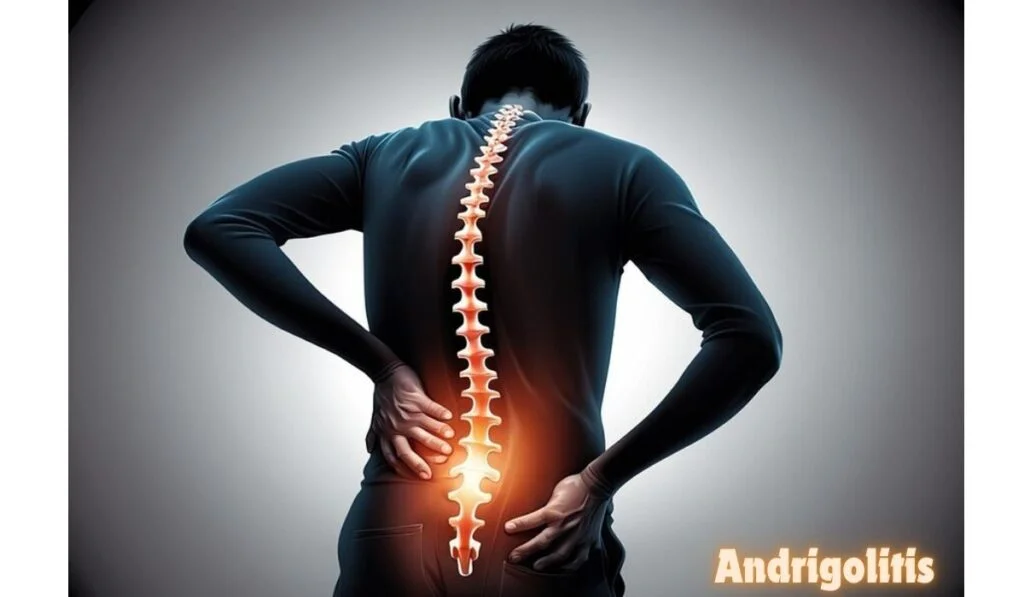Andrigolitis is a medical condition characterized by inflammation in the joints, leading to discomfort, pain, and restricted movement. This condition can affect individuals of various age groups, causing significant challenges in daily activities.
Symptoms of Andrigolitis
Understanding the symptoms of andrigolitis can help in early diagnosis and management. Common symptoms include:
- Joint Pain: Persistent pain in the affected joints, which can vary in intensity.
- Swelling: Visible swelling around the joints, often accompanied by warmth and redness.
- Stiffness: Difficulty moving the joints, especially in the morning or after periods of inactivity.
- Fatigue: General tiredness and lack of energy, often associated with joint inflammation.
- Limited Range of Motion: Reduced ability to move the affected joints freely.
Causes of Andrigolitis
Several factors contribute to the development of andrigolitis. Some of the common causes include:
- Genetic Predisposition: A family history of joint inflammation or arthritis can increase the risk.
- Autoimmune Disorders: The body’s immune system attacking its tissues can trigger inflammation in the joints.
- Infections: Certain bacterial or viral infections may lead to joint inflammation.
- Injury or Trauma: Previous joint injuries can make the area more susceptible to inflammation.
- Lifestyle Factors: Poor diet, lack of exercise, and high-stress levels can contribute to the onset of andrigolitis.
Diagnosing Andrigolitis
Timely diagnosis of andrigolitis is crucial for effective management. Healthcare professionals use the following methods:
- Physical Examination: Checking for signs of swelling, redness, and tenderness in the joints.
- Blood Tests: Detecting markers of inflammation, autoimmune activity, or infections.
- Imaging Tests: X-rays, MRI, or CT scans help visualize joint damage and inflammation.
Treatment Options for Andrigolitis
Treatment for andrigolitis focuses on reducing inflammation, relieving pain, and improving joint function. Common treatment options include:
1. Medications
- Nonsteroidal Anti-Inflammatory Drugs (NSAIDs): Help reduce pain and inflammation.
- Corticosteroids: Prescribed for severe inflammation to provide quick relief.
- Disease-Modifying Antirheumatic Drugs (DMARDs): Slow the progression of inflammation.
2. Physical Therapy
Physical therapy exercises help maintain joint flexibility and strengthen the muscles surrounding the affected joints.
3. Lifestyle Changes
Adopting a healthy lifestyle, including regular exercise, a balanced diet, and stress management, can alleviate symptoms.
4. Surgical Intervention
In severe cases where joint damage is extensive, surgical procedures such as joint replacement may be necessary.
Natural Remedies for Managing Andrigolitis
For individuals looking for alternative approaches, several natural remedies can complement conventional treatments:
- Herbal Supplements: Turmeric, ginger, and omega-3 fatty acids have anti-inflammatory properties.
- Hot and Cold Therapy: Alternating hot and cold packs can help reduce pain and swelling.
- Exercise: Gentle exercises like yoga, swimming, and walking help maintain joint flexibility.
Diet and Nutrition Tips
A healthy diet plays a crucial role in managing andrigolitis. Consider incorporating these foods:
- Anti-Inflammatory Foods: Leafy greens, fatty fish, nuts, and seeds.
- Foods Rich in Antioxidants: Berries, tomatoes, and green tea.
- Calcium and Vitamin D: Dairy products, fortified cereals, and sunlight exposure help maintain bone health.
Coping with Andrigolitis
Dealing with andrigolitis can be challenging, but adopting certain strategies can make life easier:
- Stay Active: Engage in low-impact activities to keep joints flexible.
- Stress Management: Practice relaxation techniques like meditation or deep breathing.
- Join Support Groups: Connect with others experiencing similar challenges to share experiences and gain emotional support.
FAQs
1. Can andrigolitis be cured?
No, andrigolitis cannot be completely cured. However, its symptoms can be effectively managed with proper treatment, medication, and lifestyle changes.
2. What is the best treatment for andrigolitis?
The best treatment varies based on individual cases. A combination of medications, physical therapy, lifestyle modifications, and natural remedies is often effective.
3. Is andrigolitis hereditary?
Genetics can play a role, meaning you may be at a higher risk if there’s a family history of joint inflammation or arthritis.
4. How does diet affect andrigolitis?
A healthy diet rich in anti-inflammatory foods can help manage symptoms, while processed foods and high sugar intake may worsen inflammation.
5. Can exercise help with andrigolitis?
Yes, regular low-impact exercise helps improve joint flexibility and reduces stiffness, making it easier to manage andrigolitis.
Conclusion
Managing andrigolitis requires a comprehensive approach involving medical treatment, lifestyle changes, and natural remedies. Early diagnosis and prompt action can significantly improve the quality of life for those affected by this condition. By understanding the symptoms, causes, and treatment options, individuals can take control of their health and manage andrigolitis more effectively.
